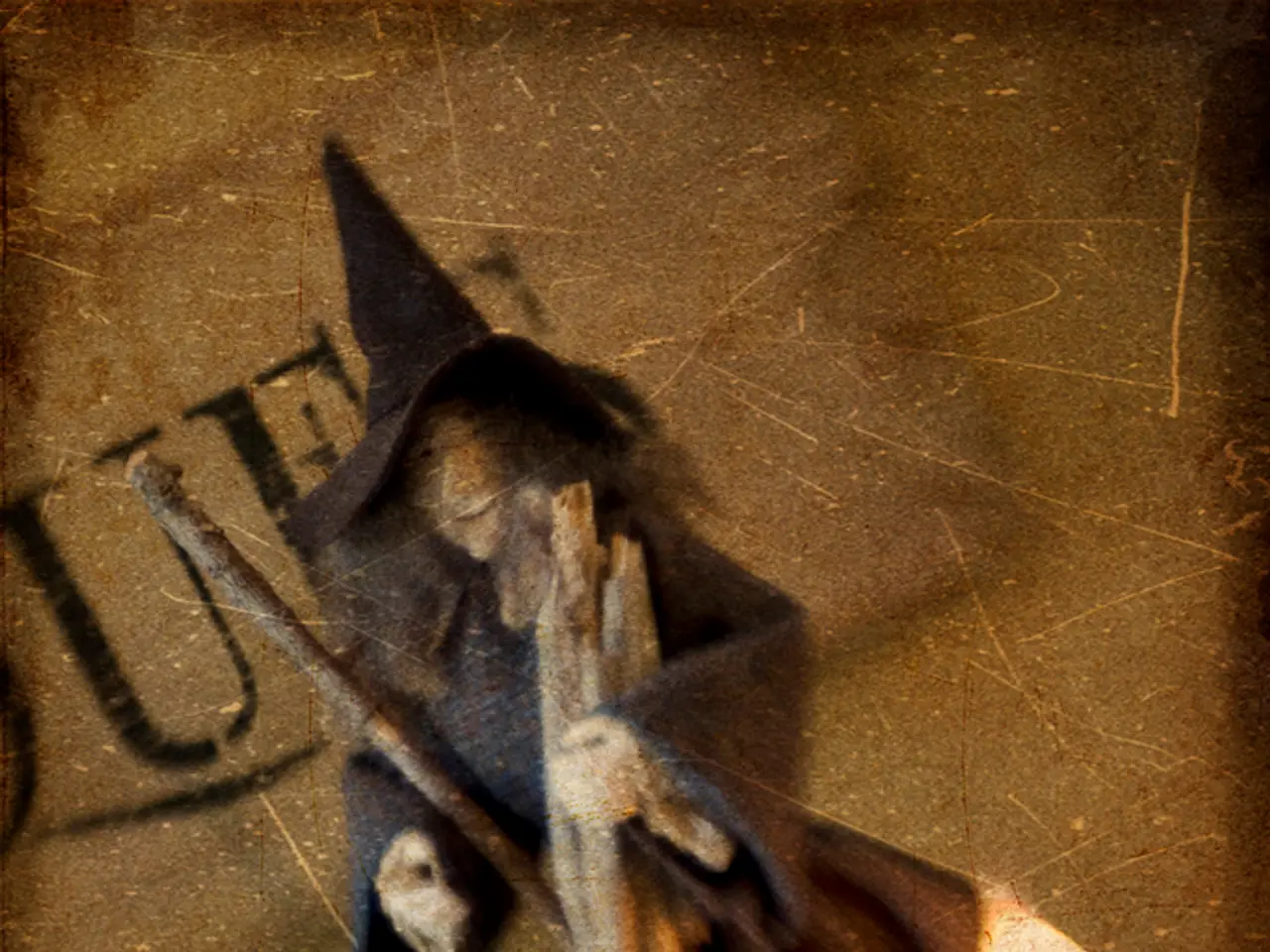Unraveling the chilling histories of vampires, zombies, and werewolves
In the ancient world, tales of human transformation into fearsome creatures were woven into the fabric of various cultures. One of the earliest known accounts of such transformation can be traced back to the Epic of Gilgamesh (Mesopotamia, circa 2000–700 BCE), where the myth of the werewolf first emerged[4].
In ancient Greece, werewolf myths became intertwined with the Olympian religion, while in ancient Rome, those believed transformed by magic into wolves were known as versipellis ("turnskin")[4].
The werewolf concept in Slavic mythology likely originated from a wolf cult, with the wolf symbolizing wildness, danger, masculinity, death, and a mediator between humans and supernatural entities. Sorcerers or witches were said to transform people into werewolves, often involuntarily and for revenge, with rituals to detect or fend off werewolves deeply embedded in folklore[1].
Nordic folklore and early religious beliefs also incorporated werewolf-like shapeshifting, contributing to the legends that spread across Europe[2].
During the European witch and werewolf trials in the 16th and 17th centuries—particularly in France and Germany—people accused of being werewolves were tortured and executed, often on the belief they used satanic powers to transform. The notorious case of Peter Stumpp, the "Werewolf of Bedburg," convicted in 1589 of numerous murders and cannibalism, exemplifies how these myths influenced legal and social persecutions[3].
Over time, werewolves in folklore have been depicted variably—from full transformation into wolves in ancient stories to the hybrid, more anthropomorphic werewolves popularized in modern media[4]. Their symbolic role, rooted in primal fears and social boundaries, endures in culture today.
Meanwhile, in 18th-century Haiti, the belief in zombies—corpses reanimated through magic—took root[5]. By the 19th century, voodoo kings and queens had become spiritual and political figures of power in New Orleans, bringing the practice of voodoo, including zombie beliefs, to the United States[5].
In Europe, the case of Peter Plogojowitz in Serbia in 1725 marked the beginning of vampire mania, with rumours of a vicious, upright-walking monster impervious to bullets spreading throughout the countryside[6]. Plogojowitz was reported to have demanded food from his son and then died, but later returned and allegedly killed several people[6]. The beast was never found, and it has been speculated that it could have been a pack of wolves or an escaped lion[6].
The modern fascination with zombies and werewolves was revived in the latter half of the 20th century. George A. Romero's 1968 film "Night of the Living Dead" played a significant role in this revival, sparking renewed interest in zombie films[7].
In conclusion, the myths of werewolves and zombies, rooted in ancient totemic wolf worship and shapeshifting beliefs, have evolved through history, from sacred or feared animal symbolism to folklore and tragic historical witch hunts. These mythical figures continue to captivate our imagination, echoing primal fears and social boundaries in our modern culture.
References:
- Kunz, M. (2003). The Werewolf in Europe. University of Chicago Press.
- Hennig, A. (2009). The Werewolf: A Cultural History. I.B. Tauris.
- Strange, R. (2003). The Werewolf Book: The Encyclopedia of Shape-shifters. Sterling Publishing.
- Ellis, P. (2000). The Werewolf: Beast of the Moon. Thames & Hudson.
- Geggus, D. (2002). Haiti and the United States: National Stereotypes and Mutual Misunderstandings. University Press of Florida.
- Pagels, E. (2003). The Origin of Satan. Doubleday.
- Romero, G. A. (1968). Night of the Living Dead. Image Entertainment.
- The evolution of the werewolf concept in pop-culture has seen a shift from traditional full transformations to more anthropomorphic forms, mirroring the progression from ancient folklore to modern entertainment.
- The emergence of the werewolf myth in timeless literature such as the 'Epic of Gilgamesh' and its intertwining with ancient Greek and Roman traditions, as well as its presence in Slavic and Nordic mythology, showcases the global and historical prevalence of this element in human imagination.
- Like werewolves, the beliefs in zombies also have roots in history, originating from the voodoo practices in 18th-century Haiti and spreading to New Orleans, reflecting the influence of pop-culture on societal perceptions and the enduring fascination with these mythical creatures in our modern sci-fi-and-fantasy realms.








